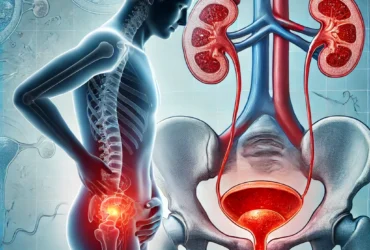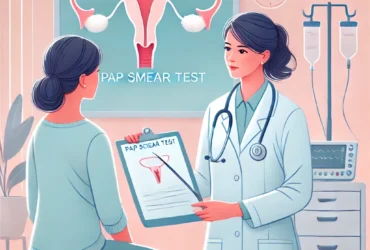Osteoporosis is a silent killer and is coming up as an epidemic all over the world. There is low bone mass and structural deterioration of bone tissue, which makes the bone fragile. Increase fragility leads to possibility of fracture of the hip, spine or wrist. Both men and women can be affected by osteoporosis, but women are more commonly affected than men. Osteoporosis is something that can be prevented and treated.
Every individual attends and acquire peak bone mass by the age of 30, after which bone loss slowly begins to exceed bone formation. Bone loss is slow in men but more rapid in women, especially, after menopause. Osteoporosis is more likely to develop if anyone did not reach optimal peak bone mass during the bone building years. There are certain risk factors for osteoporosis, some of which can be changed and some cannot be. Females have more chances of developing osteoporosis because of low bone mass and rapid bone loss after menopause. With increasing age, there is a greater risk of osteoporosis in both the gender. Caucasians and Asian women are at higher risk of developing osteoporosis. Certain eating disorder like anorexia nervosa has higher possibility of developing osteoporosis.
Low intake of calcium and vitamin D in diet makes people prone to bone loss. Certain drugs like steroids which are commonly used in many medical conditions like arthritis and anti-epileptic drugs can lead to osteoporosis. Inactivity or extended bed rest, cigarette smoking and alcohol intake also make people prone to develop osteoporosis. It is often called a silent disease because bone loss may occur without any symptoms. It becomes obvious only after the bones become so fragile that even a tribal fall can lead to hip fracture or vertebral collapse. Patients with collapsed vertebra may initially present with severe back pain but later may present with loss of height or spinal deformity such as kyphosis.
It is recommended that every female after 65 years of age and male after 70 years to undergo BMD (bone mineral density) testing. If any female has risk factors for osteoporosis then BMD is recommended after menopause. BMD actually measures the bone mass in hip and lumbar spine and label patient as either normal, osteopenic, osteoporotic or severely osteoporotic. It can also be used as an assessment tool after the treatment of osteoporosis.
Treatment of osteoporosis is a comprehensive approach which includes both non pharmacological and pharmacological aspect. The whole aim of the treatment is to prevent fracture. If the patient has already presented with a fracture, the aim is then to prevent future fractures. Proper nutrition, regular physical exercise and fall prevention strategies for elderly are the nonpharmacological approach. Pharmacological treatment includes bisphosphonates, calcitonin, parathyroid hormone, selective estrogen receptor agonist and newer agents like Denosumab. Among the available pharmacological agents bisphosphonates (antiresorptive agents) are the cornerstone in prevention and treatment of osteoporosis. Alendronate, an oral bisphosphonate currently given in the dose of 70mg per week has shown to increase bone mineral density in spine, hip and femur. It also reduces the risk of fracture by 50%. Zoledronic acid, once yearly injectable bisphosphonate reduces the risk of hip fracture by 41% and the risk of new spine fracture by 70%. Bone forming agents (anabolic) like Teriparatide are newer agents with promising results. They reduce the risk of vertebral and nonvertebral fracture by 65% and 53% respectively. Overall bone mass increases by 13% with two years of Teriparatide therapy. Oral calcium and vitamin D should be taken along with the above mentioned therapy.
If the patient presents with osteoporotic fracture, they should be treated accordingly. Surgery can be opted for hip fracture in the form of osteosynthesis or joint replacement. Vertebra fracture can be managed with bracing, vertebroplasty or kyphoplasty. The surgical treatment should go along with pharmacological management.
Author : Dr Bigyan Bhandari MS
Email : [email protected]
Consultant Orthopedic and Spine Surgeon
HAMS ( Hospital for Advanced Medicine & Surgery)
Advanced Polyclinic







